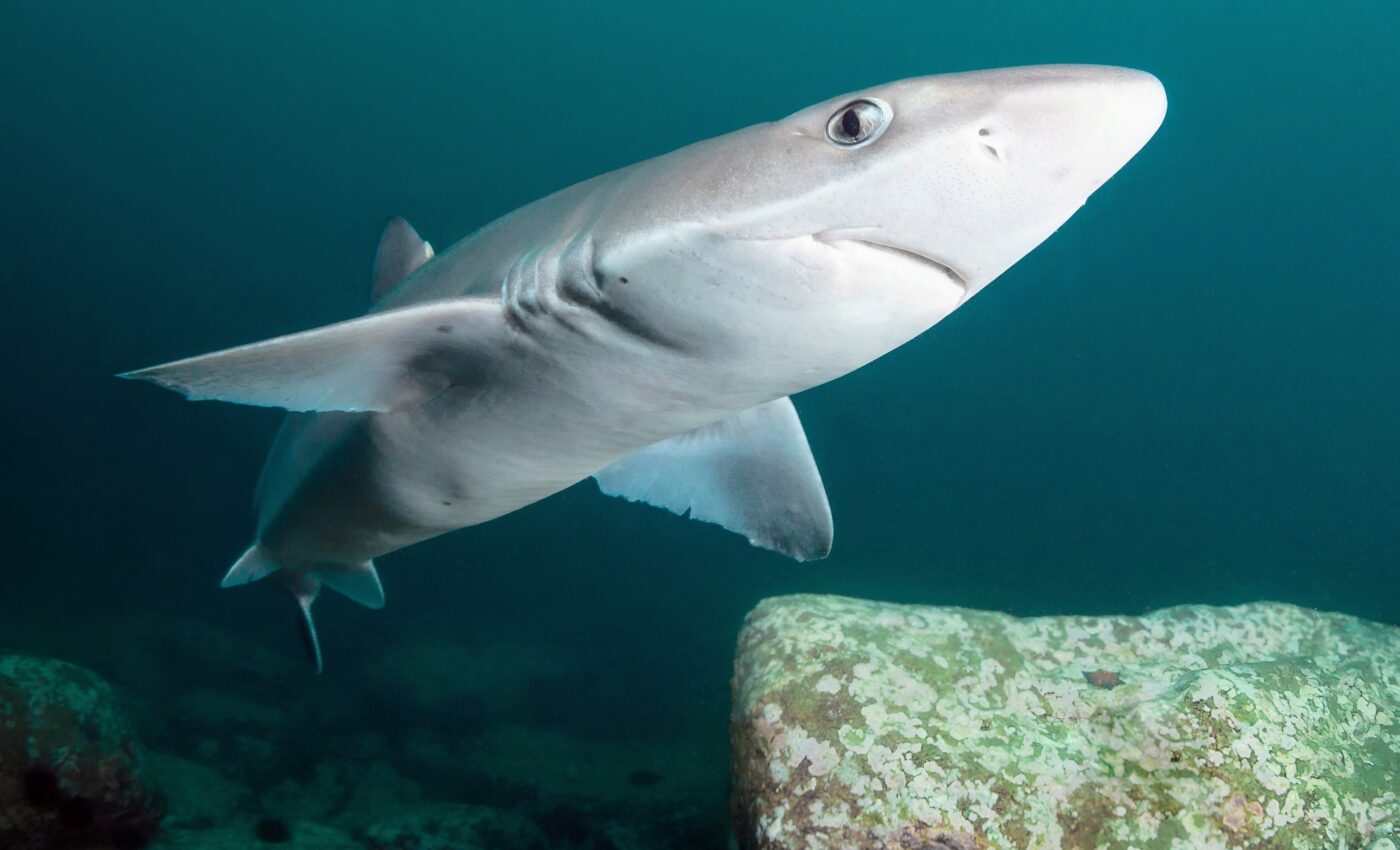
Healing secrets of shark skin may lead to medical breakthroughs
The unique healing abilities of sharks, noted in wild observations, have long intrigued the scientific community. Jakob Wikström and Etty Bachar-Wikström, researchers at the Karolinska Institute in Sweden, have investigated the biochemistry of shark skin to explore its potential for medical applications.
Focus of the study
“Our aim in this paper was to characterize shark skin at the molecular level, which hasn’t been done in depth,” said Bachar-Wikström.
The research was focused on the spiny dogfish (Squalus acanthias) and other cartilaginous fish species at the Marine Biological Laboratory (MBL) in Woods Hole.
“Much more is known about fish biology than shark biology, for obvious reasons,” said Bachar-Wikström. “Fish are easier to handle, and there’s a bigger commercial interest in them.”
Unique skin texture
Sharks are also fish, of course, but 99 percent of fish are bony species (Osteichthyes), unlike the cartilaginous sharks and skates (Chondrichthyes), said Bachar-Wikström.
Sharks and other fish in the Chondrichthyes class have a different skin texture and makeup.
This unique texture, often compared to sandpaper, is a stark contrast to the smooth skin of bony fish which is covered by a thick mucus layer. The researchers said it is not obvious whether shark skin has a protective mucus layer at all.
Shark mucus
The study revealed that sharks do, in fact, have a mucus layer. Bachar-Wikström explained that the shark mucus is less acidic, almost neutral, and turns out to be more chemically similar to some mammalian mucus, including some human mucus, than to bony fish mucus.
It’s more evidence that “the molecular biology of sharks is unique,” said Bachar-Wikström. “They’re not just another fish swimming around. They have a unique biology, and there are probably lots of human biomedical applications that one could derive from that.”
“For example, when it comes to mucin [a primary component of the mucus], one can imagine different wound care topical treatments that could be developed from that.”
Wound treatments
Wikström noted that wound-treatment products have already been derived from codfish, and it may be possible to make something similar from sharks.
“Besides the human relevance, it’s also important to characterize these amazing animals, and to know more about them and how they survive in their environment… I think that this is just the first step to even deeper molecular understanding.”
Ongoing research
The team’s ongoing research not only aims at enhancing human medicine but also at gaining a deeper understanding of these remarkable animals and their survival mechanisms. The next steps involve a series of papers characterizing the biochemical properties of species like the chain catshark and the little skate.
These studies will include detailed analyses of different skin cell types and the healing abilities of shark skin on a single-cell level.
Study implications
“Animals that are far away (from us) evolutionarily can still give us very important information that is relevant for humans,” said Wikström.
While a great deal of research has been done on the wound healing of zebrafish, he said, no one has really done it on sharks to the same extent. “So it’s exciting because we really don’t know what we’re going to find. It’s explorative research.”
The researchers said the MBL provided special resources that made this work possible, including a large collection of specimens of the relevant species, and specialists who are highly experienced in working with them. “It’s really a unique competence they have,” Wikström said. “There are not many places in the United States or the world where they have it.”
The research is published in the International Journal of Molecular Sciences.
Like what you read? Subscribe to our newsletter for engaging articles, exclusive content, and the latest updates.
—-
Check us out on EarthSnap, a free app brought to you by Eric Ralls and Earth.com.













